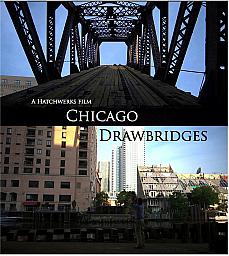Gr 7 Up—Patrick McBriarty, writer and narrator, takes viewers on a fascinating, artistic, and historical field trip of Chicago's drawbridges and the stunning views of the city's skyline. The tone and tempo of the musical background match the lively narrative. Using drawings and photographs, McBriarty presents a history of bridges across time and then settles into a history of Chicago and the importance of the Chicago River in the city's commercial growth and expansion. Only 30 miles long, the river played an important role in the nation's westward expansion, as ships and barges carried cargo, and people, into and out of the city. The geography required the building of bridges, and as the years passed, several types were built. These included the floating pontoon bridge, the swing or pivot bridge, the Scherzer Rolling Lift Bridge, and, finally, the bascule bridge, first built by the Egyptians but perfected by Chicagoans. This structure resembles a seesaw. Perhaps the most famous example is London's Tower Bridge. In Chicago, one of the best and most beautiful examples is the Michigan Avenue Bridge, built in 1920. This film is divided into segments, which makes it friendly for classroom use. Classes across the curriculum, including art, history, mathematics, and science, can utilize this documentary in a variety of ways.—
Patricia Ann Owens, formerly of Illinois Eastern Community Colleges, Mt. Carmel, IL





Be the first reader to comment.
Comment Policy:
Comment should not be empty !!!